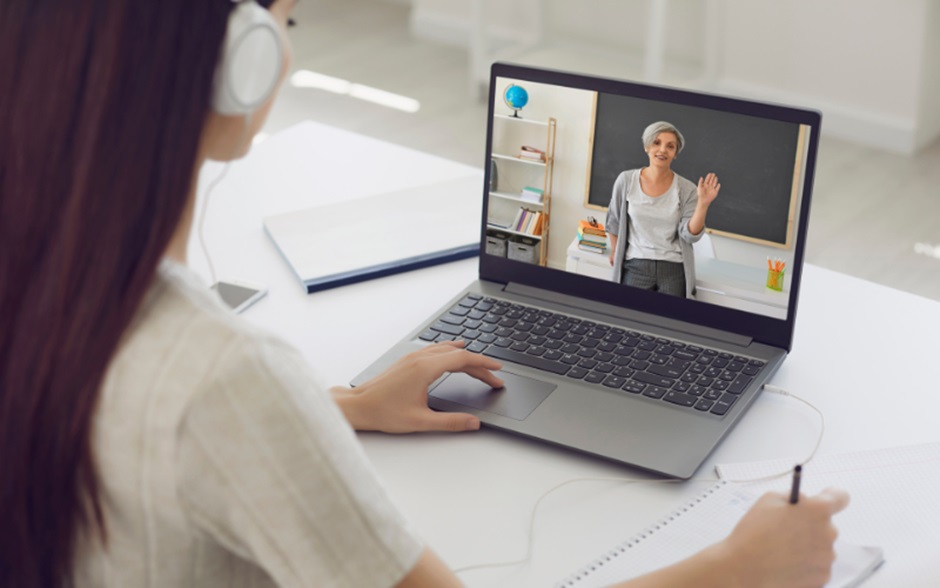Lecture recording systems have become essential in modern education, offering students the ability to revisit lessons and absorb material at their own pace. However, as beneficial as these systems are, they come with a set of challenges that educators and institutions must navigate. By understanding these challenges and implementing effective solutions, the potential of lecture recording systems can be fully realised.
Technical Issues and Reliability
One of the primary challenges with lecture recording systems is technical reliability. Even the best systems can face technical glitches such as poor audio quality, video lag, or outright system failures. These issues can disrupt the learning process and frustrate both teachers and students.
To mitigate these problems, institutions should invest in high-quality equipment and ensure regular maintenance. Training sessions for staff on troubleshooting common issues can also prove invaluable. Additionally, having a reliable IT support team on standby during lectures can help quickly address any technical problems that arise.
Student Engagement and Interaction
While lecture recording systems are excellent for review purposes, they can inadvertently lead to decreased student engagement during live sessions. Students may become passive listeners, knowing they can rewatch the lecture later. This shift can result in a less interactive classroom environment.
To counter this, educators should employ strategies to maintain engagement. Incorporating interactive elements such as polls, quizzes, and real-time Q&A sessions during the lecture can keep students actively involved. Using an interactive whiteboard for classroom activities can also enhance participation, making the learning experience more dynamic and engaging.
Integration with Existing Technologies
Another challenge is seamlessly integrating lecture recording systems with other educational technology solutions. Many classrooms already utilise various tools such as interactive whiteboards and digital whiteboards, and ensuring these technologies work harmoniously with the recording systems can be complex.
To address this, institutions should select lecture recording systems that are compatible with their existing technology stack. Collaborating with vendors who provide comprehensive integration support can simplify this process. Moreover, standardising the technology infrastructure across classrooms can further enhance compatibility and ease of use.

Accessibility and Inclusivity
Ensuring that lecture recordings are accessible to all students, including those with disabilities, is another significant challenge. Subtitles, transcriptions, and language translations are essential features that can make recorded lectures more inclusive.
Institutions should prioritise lecture recording systems that offer robust accessibility features. Additionally, providing training for staff on creating accessible content can further enhance inclusivity. Regularly seeking feedback from students on their accessibility needs and experiences can help identify areas for improvement and ensure that all students benefit equally from recorded lectures.
Data Privacy and Security
Data privacy and security are paramount when implementing lecture recording systems. Recorded lectures often contain sensitive information, and any breach could have serious consequences.
To safeguard this data, institutions must implement stringent security protocols. This includes using encryption, secure access controls, and regular audits to ensure compliance with privacy regulations. Educating staff and students about data security best practices can also help protect sensitive information.
Maximising Usage and Adoption
Despite the availability of lecture recording systems, some educators may be reluctant to adopt them fully due to unfamiliarity or perceived complexity. This reluctance can limit the potential benefits these systems offer.
To encourage widespread adoption, institutions should provide comprehensive training and ongoing support for educators. Highlighting the advantages of lecture recording systems, such as improved student performance and enhanced teaching efficiency, can also promote more enthusiastic use. Peer mentoring programmes, where experienced users share their knowledge, can further facilitate adoption.
To maximise the benefits of lecture recording systems and other education technology solutions, visit Media Architects for expert guidance and support tailored to your institution’s needs. Explore how our services can enhance your educational environment today.



